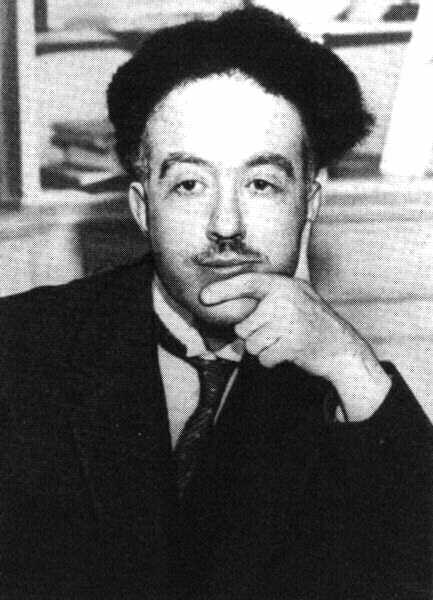<Back to Index>
- Physicist Louis Victor Pierre Raymond, Duc de Broglie, 1892
- Sculptor Ivan Meštrović, 1883
- Emperor of the French Napoleon Bonaparte, 1769

Louis-Victor-Pierre-Raymond, 7th duc de Broglie, FRS (15 August 1892 – 19 March 1987) was a French physicist and a Nobel laureate. He was the sixteenth member elected to occupy seat 1 of the Académie française in 1944, and served as Perpetual Secretary of the Académie des sciences, France.
De Broglie was born in Dieppe, Seine-Maritime, younger son of Victor, 5th duc de Broglie and a descendant of Madame de Staël. In 1960, upon the death without heir of his older brother, Maurice, 6th duc de Broglie, also a physicist, he became the 7th duc de Broglie. He never married. When he died in Louveciennes, he was succeeded as duke by a distant cousin, Victor-François, 8th duc de Broglie. De Broglie had originally intended a career in humanities, and received his first degree in history. Afterwards, though, he turned his attention toward mathematics and physics. With the outbreak of the First World War in 1914, he offered his services to the army in the development of radio communications.
His 1924 doctoral thesis, Recherches sur la théorie des quanta (Research on Quantum Theory), introduced his theory of electron waves. This included the wave-particle duality theory of matter, based on the work of Albert Einstein and Max Planck on light. The thesis examiners, unsure of the material, passed his thesis to Einstein for evaluation who endorsed his wave-particle duality proposal wholeheartedly; de Broglie was awarded his doctorate. This research culminated in the de Broglie hypothesis stating that any moving particle or object had an associated wave. De Broglie thus created a new field in physics, the mécanique ondulatoire, or wave mechanics, uniting the physics of light and matter. For this he won the Nobel Prize in Physics in 1929. Among the applications of this work has been the development of electron microscopes to get much better image resolution than optical ones, because of the shorter wavelengths of electrons compared with photons. In his later career, de Broglie worked to develop a causal explanation of wave mechanics, in opposition to the wholly probabilistic models which dominate quantum mechanical theory. Today, this explanation is known as the de Broglie–Bohm theory, since it was refined by David Bohm in the 1950s.
In addition to strictly scientific work, de Broglie thought and wrote about the philosophy of science, including the value of modern scientific discoveries.
De Broglie became a member of the Académie des sciences in 1933, and was the academy's perpetual secretary from 1942. On 12 October 1944, he was elected to the Académie française, replacing mathematician Émile Picard. Because of the deaths and imprisonments of Académie members during the occupation and other effects of the war, the Académie was unable to meet the quorum of twenty members for his election; due to the exceptional circumstances, however, his unanimous election by the seventeen members present was accepted. In an event unique in the history of the Académie, he was received as a member by his own brother Maurice, who had been elected in 1934. UNESCO awarded him the first Kalinga Prize in 1952 for his work in popularizing scientific knowledge, and he was elected a Fellow of the Royal Society on 23 April 1953. In 1961 he received the title of Knight of the Grand Cross in the Légion d'honneur. De Broglie was awarded a post as counselor to the French High Commission of Atomic Energy in 1945 for his efforts to bring industry and science closer together. He established a center for applied mechanics at the Henri Poincaré Institute, where research into optics, cybernetics, and atomic energy were carried out. He inspired the formation of the International Academy of Quantum Molecular Science and was an early member.